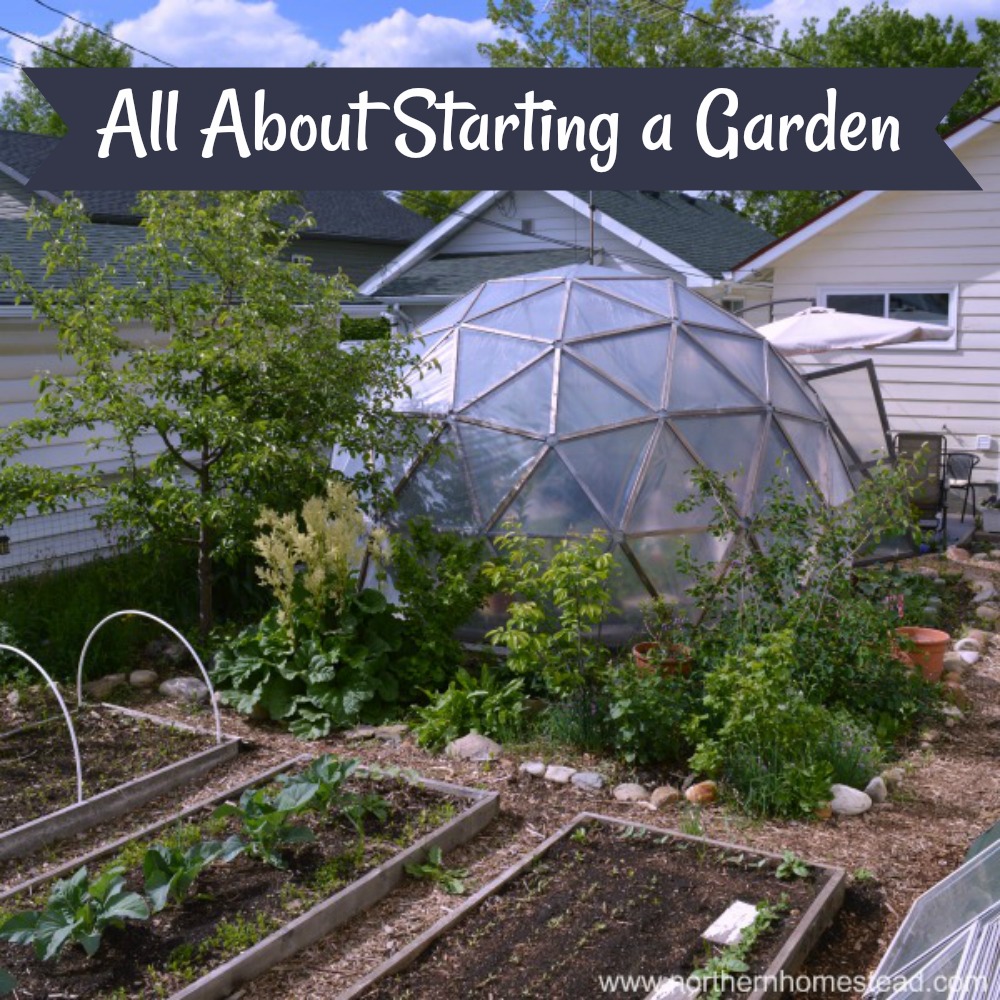
The article is all about starting a garden to help especially new gardeners to a good start. If you are a new gardener or know someone who wants to learn more about growing food, please feel free to share it with them.
“Gardening 101: Everything You Need to Know to Begin” is a collection of blog articles that are relevant to a new gardener. There is so much information on the blog that it can be hard to find.
Today we are merging as much information as possible about starting a garden in this one blog post with all the links, that you can follow and read more about. The links are colored, just click on the one that interests you and read on. The link will open in a new tab or window, so you can always come back to this article for more links to follow.
Nothing tastes as good as homegrown food. Being able to grow it is powerful. We are sharing what we have learned over many years so that you can do it, too.
Garden planning

Any project starts with a plan, gardening is no exception to it. First, you want to know where is the best location in your garden. A garden shade survey will help you find the sunniest spot, and the microclimates in a northern garden are important if you want to grow heat-loving plants like tomatoes.
Start a garden planner with the layout of your garden so you can make notes. Any piece of paper can be used to sketch out a garden area or garden beds and start “planting”. However, if you are serious about growing food find a better way for planning a vegetable garden.
If you don’t own any land, or find that all the space you have is in shade, you can still grow a garden.
Growing Food Without Owning a Speck of Land will give you many ideas.
When planning a garden think not just about the production, but also about the fun of it. After all, you don’t just want to start a garden and lose interest halfway through the season. Here are 7 Ways to Keep Your Garden Chores Enjoyable. You want your garden to be close to home, in the right size, beautiful and bountiful.
Now that you know where and what kind of garden you want, we can get started.
Starting a garden
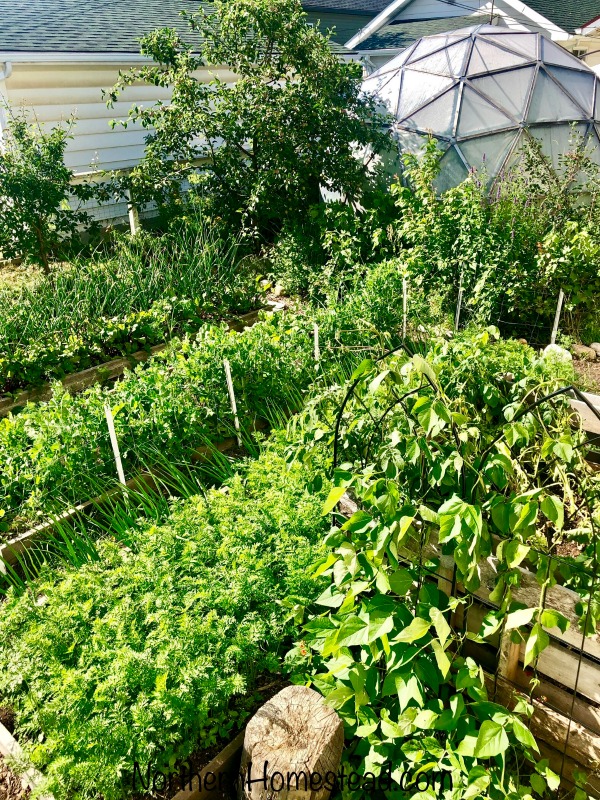
If you are in town, you might want to turn a yard into a garden by replacing your lawn with food production.
If you want garden beds see how to create a new garden bed. Whenever possible we recommend keeping the beds open to the ground beneath, Learn the difference between raised garden beds and container gardens.
With no soil to place a garden bed on, a Wicking Bed can be a good option, as well as a raised window-protected garden. We will talk about soil more below.
Grow bags and containers can be also used, filled with good soil to grow food in.
If you are out in the country, check out converting a hayfield into a garden. What works for a hayfield basically works for any field. For beginner gardeners, we always recommend starting small and expanding as you gain experience.
Soil Preparation
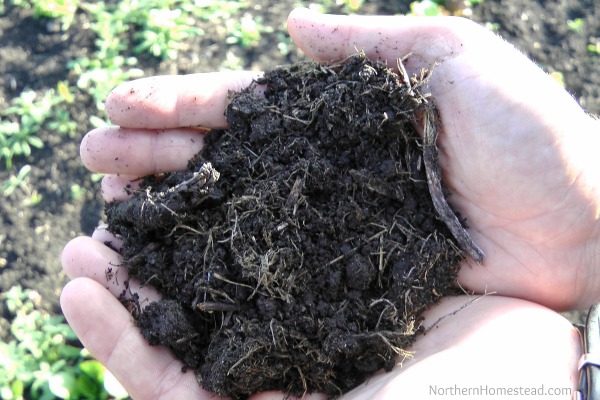
The most important part of a garden is the soil. If you have good soil, you will have a good garden.
Personally, we are mostly using no-dig methods, and there are many to choose from. That being said, right at the start it does sometimes make sense to loosen the soil first. Read more in no-dig or double-dig.
To till or not to till the garden will give you some general information on tilling. If you have never heard about it or considering it, this post is for you. Starting a no-till garden with tilling is another option.
3 Great no-till gardening methods explain methods to have great soil: sheet mulch (lasagna garden), just mulch, and square foot gardening. One for each of the following situations: if you need to build good soil, you have good soil, or even if you got no soil to work with at all.
Soil for container gardening and raised beds dives deeper into the subject of soil for container gardening, and how to use and re-use it.
Planting
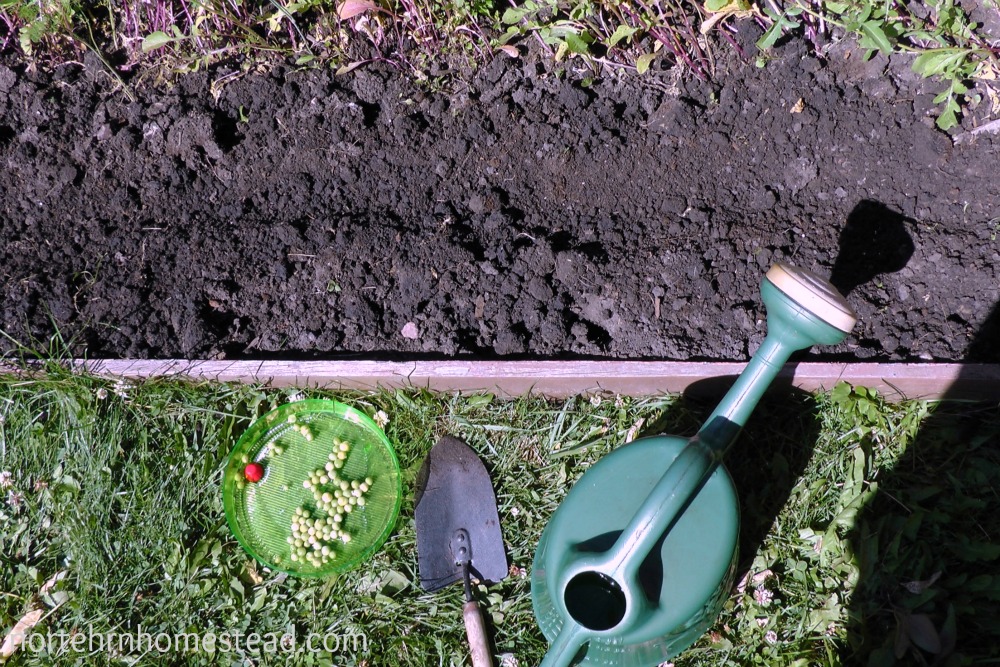
Now that you have a garden and good soil, the planting can begin. First, of course, you need seeds to plant, read more in Getting seeds for the new growing season.
Grow what you eat and eat what you grow will help you to choose what to grow. Or just start with our 12 Favorites to Grow in the Garden.
For total beginners we do not recommend starting seeds indoors, leave that for when you have gained a bit more experience. Find a trusted garden center and get your seedlings there.
If you still choose to start your own seeds, then the spring indoor seed-starting schedule will tell you when to do so.
The general rule in most cold climate areas is to plant the garden when the danger of frost is gone. That is proven practice, and as a beginner, we would recommend it. You can find your official last frost day for Canada and USA.
Personally, however, we do not plant everything at the same time. See when to plant what – and why not follow the general rule.
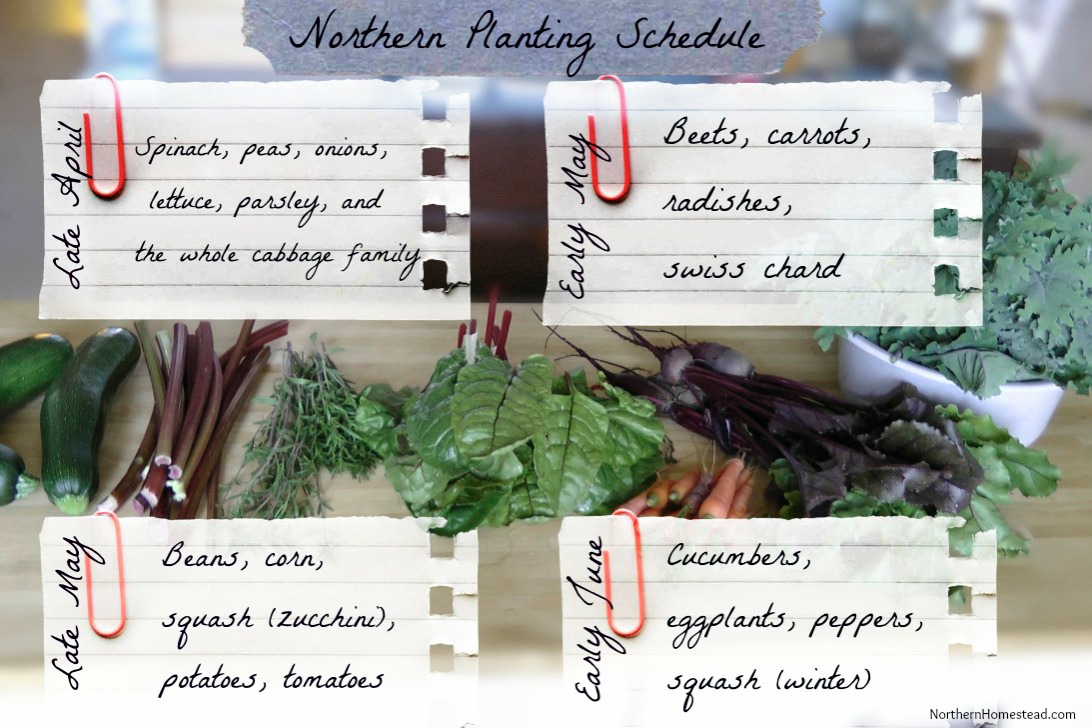
You are welcome to follow our schedule, but as we already mentioned, as a beginner do not worry too much about it.
Before transplanting seedlings into the garden they need to be hardened off. Read how you can harden off plants the easy way.
Transplanting tomato plants into the ground and How to transplant seedlings into the garden explains the transplanting procedure.
If your seedling has multiple plants, read how to deal with multiple plants in one seedling.
When direct sowing seeds into the garden, read the information on your seed package. Most seed packages will tell you how to do that. Generally, seeds need to be planted about 3 times the size of it deep. Keep them moist and enjoy the miracle of growth.
You can do it
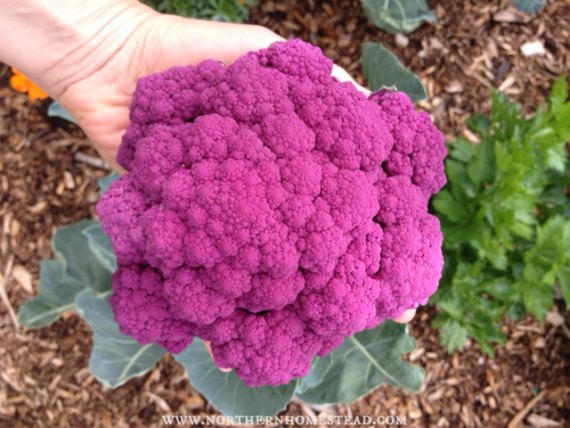
Last but not least remember that there is no such thing as a green thumb, and you also don’t need to study the subject intensely before you can grow your own food. In fact, even a child can start growing a little garden.
Successful gardening is more determined by your mindset. Any great gardener will tell you that they damage and even kill many plants. Not on purpose, it just happens. What great gardeners don’t kill is their growth mindset. They still believe that they can do it and continue to grow. They realize that mistakes are inevitable, yet they are necessary for learning and improving.
If you want to start a garden, do it, because you can. Make mistakes, learn from them, take notes, and continue to grow. Every gardener was a total beginner at some point.
More information
Of course, gardening is not done with just a start. You want to water, weed, prune and if needed protect the plants leading up to a good harvest. You can find a long list of growing articles here.
Preserving the harvest is a big part of Northern Homestead. We preserve food in 5 ways. And you can find all the recipes and information on food preservation here.
Don’t forget to subscribe to Northern Homestead and follow us on Instagram, Facebook, or Pinterest for the latest updates.

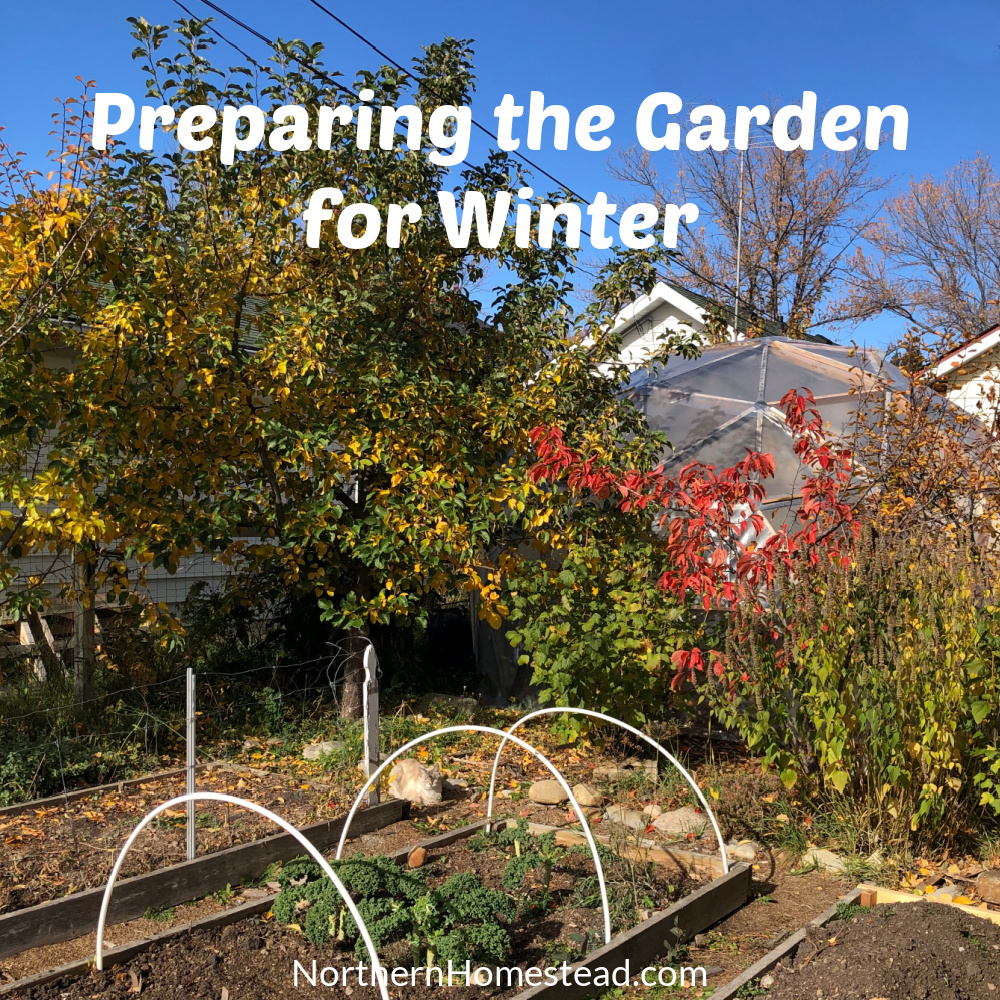


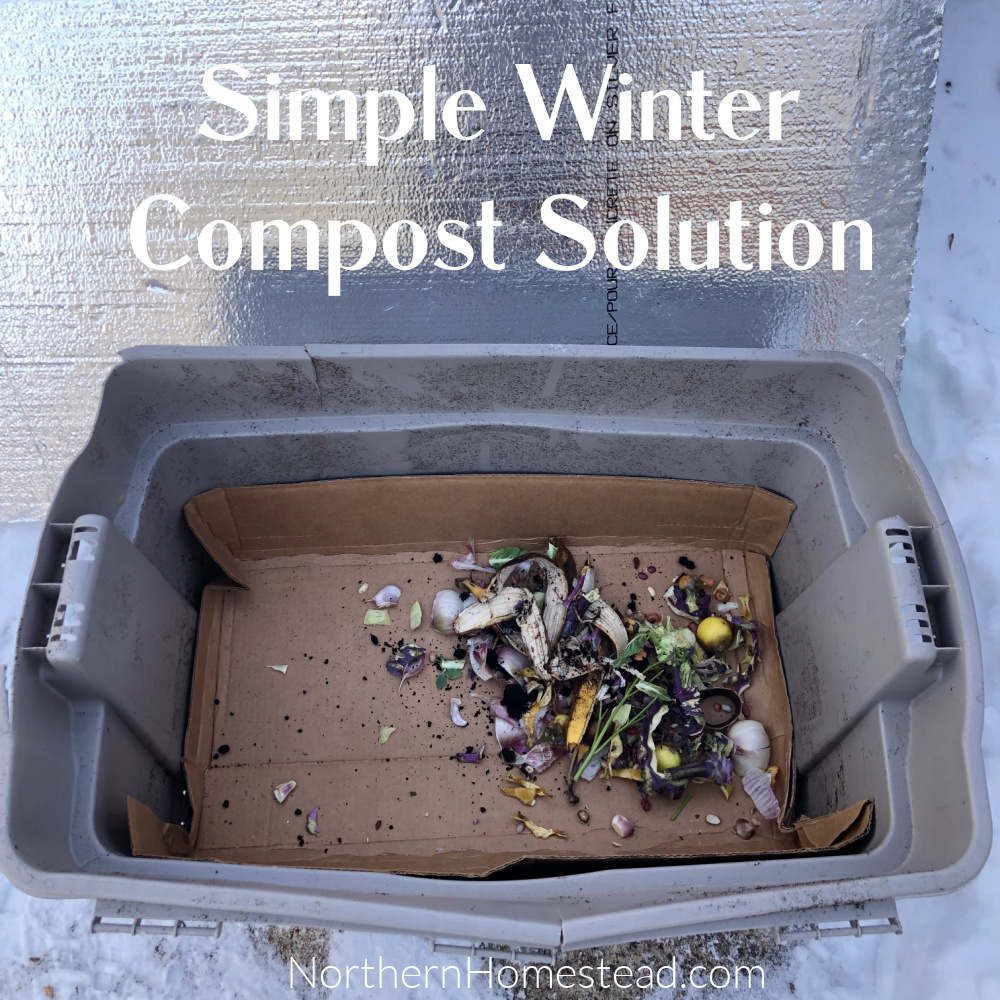
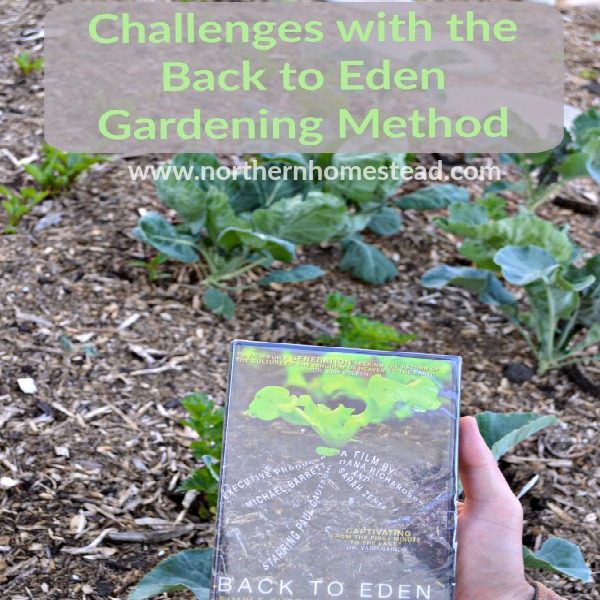
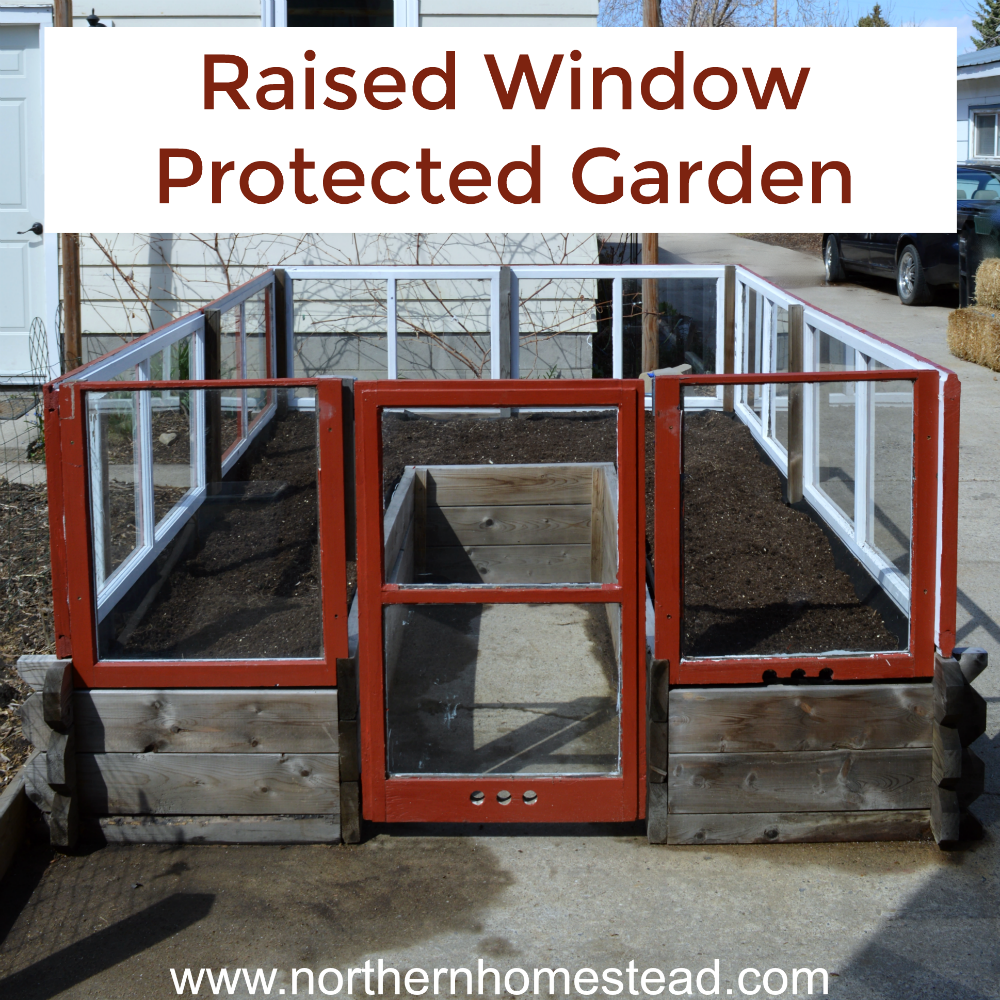
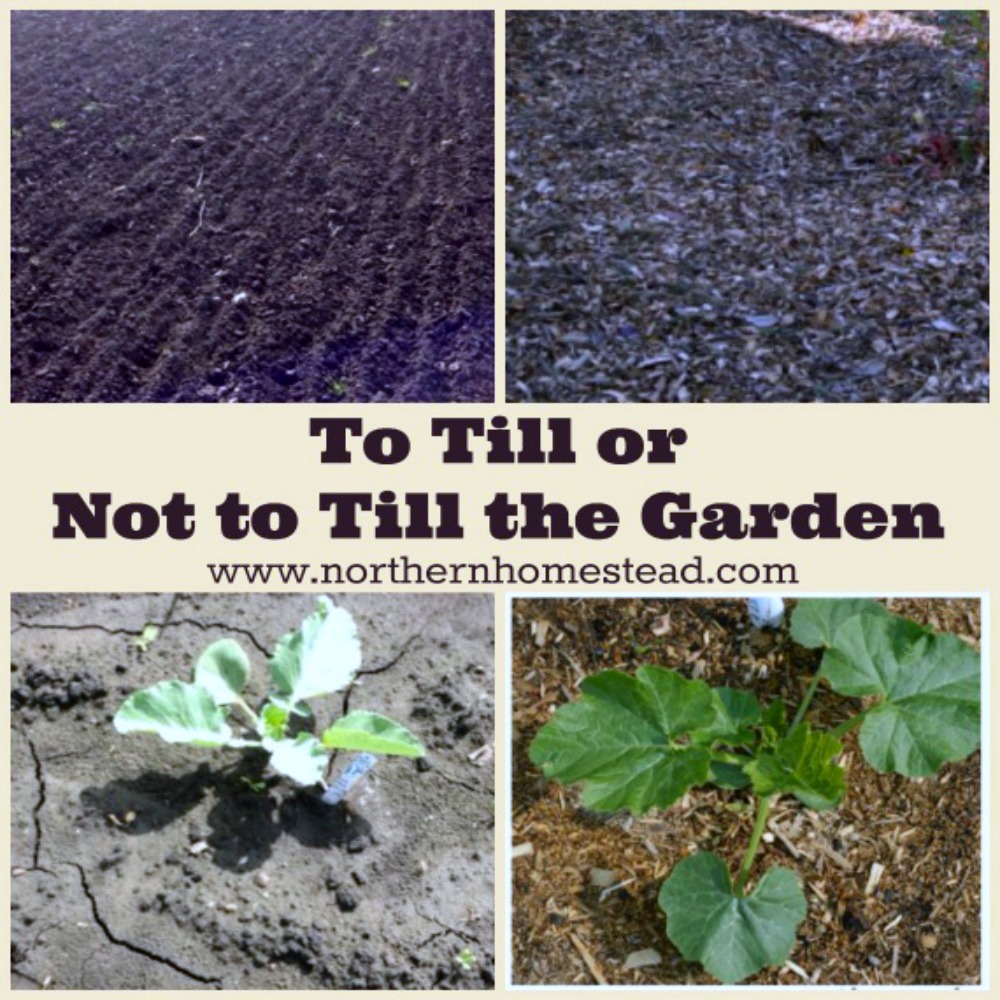

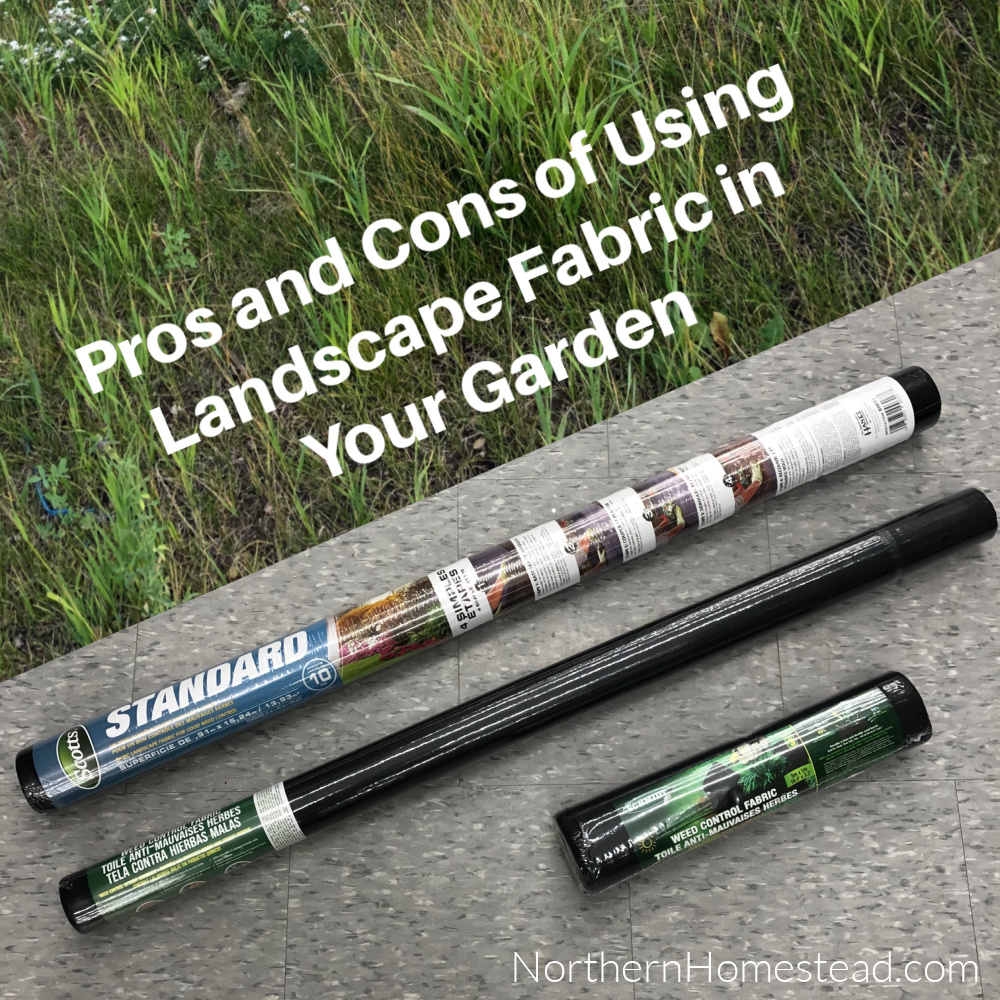
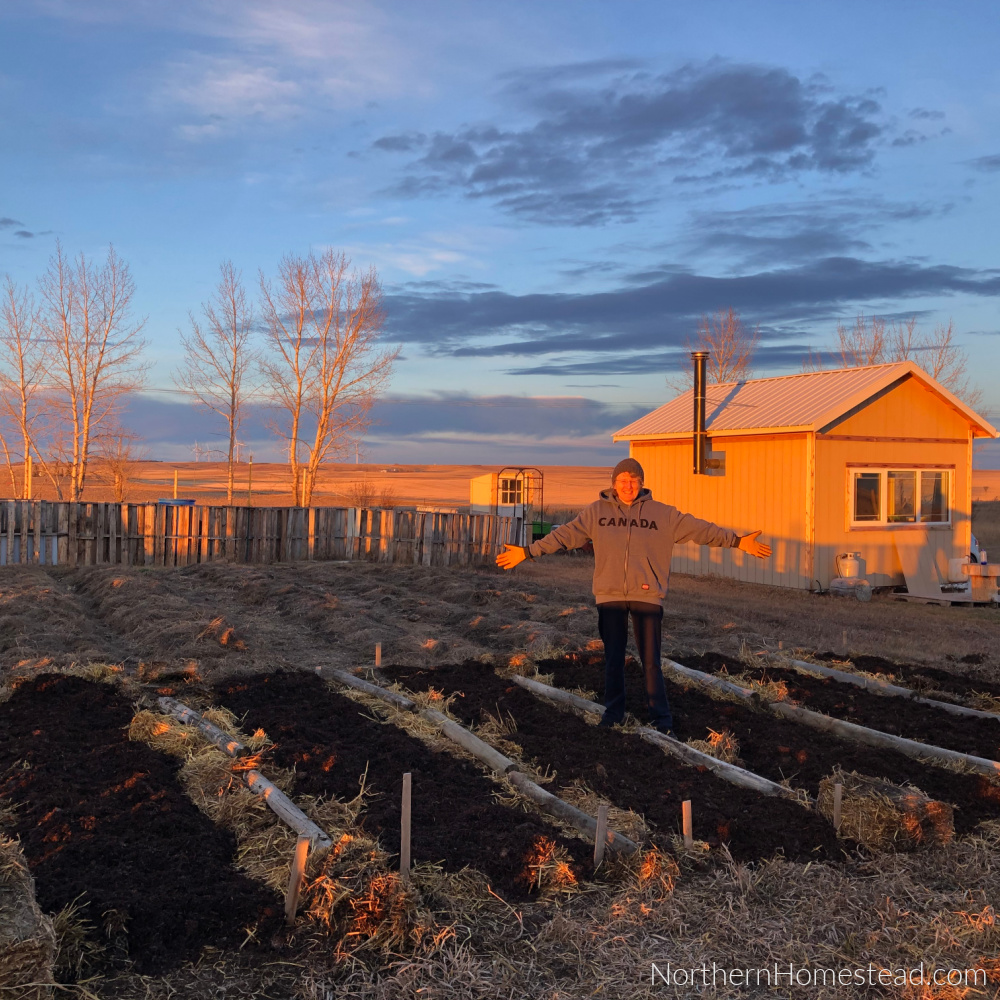

Happy New Year Jakob & Anna. It’s always such a treat to get your blog postings. I’m really itching to get back into my gardening this year. I actually got tomatoes and peppers last year, dug up the pepper plants and I’m wintering them over in the sunroom. Took tomatoes cuttings but they are not looking to good…but I saved those seeds!
Cheers to you both and a very successful gardening year to you!
Thank you, Sheril! My tomato cutting does not look too happy at the moment also, and I’m not expecting it. I only want it to stay alive, so I can take another cutting in spring. That one, or several, will grow into plants to produce fruit over the summer months. Wishing you too a great gardening year!
Thank you! I will keep that in mind about cutting in Spring with the tomatoes that survive…if I’m lucky. The variety is called Dark Star. A garden friend from the state of Maine said they tolerate cooler growing conditions and gave me a start. It didn’t do good the first year (I got one tomato) but the 2nd year cutting I saved in the fall took off and kept me in fresh eating tomatoes.